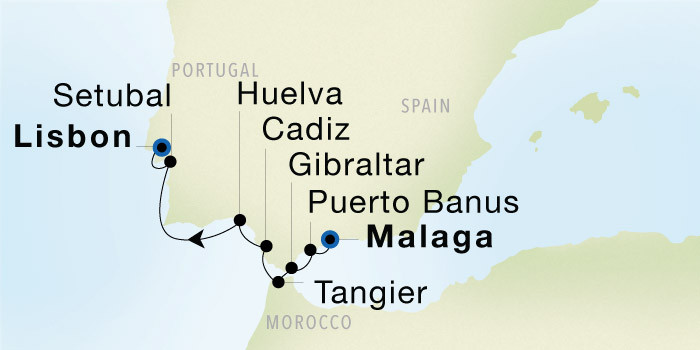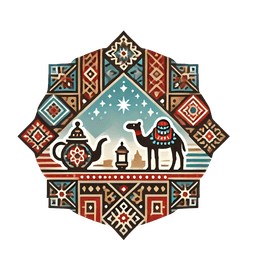- Published on
Discovering Tangier Gateway to Africa and Europe
- Authors

- Name
- Adil ABBADI
Introduction
Located on the northwest coast of Morocco, Tangier has long been a cultural melting pot, where the warmth of Africa meets the sophistication of Europe. This vibrant city has played a significant role in the region's history, serving as a strategic trade and cultural hub for centuries. In this article, we'll delve into the fascinating history and cultural significance of Tangier, exploring its unique blend of African and European influences.

- Historical Background
- Cultural Fusion
- Literary and Artistic Heritage
- Modern Tangier
- Conclusion
- Cultural Call-to-Action
Historical Background
Tangier's strategic location on the Strait of Gibraltar has made it a prized possession for various empires and colonial powers throughout history. The city was an important Phoenician trading post, later becoming a Roman province, and then a Islamic center under the Umayyad Caliphate. In the 19th century, Tangier became an international zone, governed by multiple European powers, including the United Kingdom, France, Spain, Italy, and Belgium. This unique history has left an indelible mark on the city's architecture, cuisine, and cultural identity.
Cultural Fusion
Tangier's cultural landscape is a vibrant tapestry of African, Arab, and European influences. The city's old medina, a UNESCO World Heritage Site, is a treasure trove of architectural styles, with Moorish arches, Spanish plazas, and French colonial-era buildings. The city's cuisine is equally diverse, with popular dishes like harira (a hearty soup), b'stilla (a savory pie), and msemen (a square-shaped pancake) reflecting the cultural exchange between Europe and Africa.

Literary and Artistic Heritage
Tangier has been a source of inspiration for many famous writers and artists, including William S. Burroughs, Allen Ginsberg, and Henri Matisse. The city's eclectic atmosphere and rich cultural heritage have made it a hub for creatives, with many expatriates calling Tangier home. The city is also famous for its vibrant arts scene, with numerous galleries and museums showcasing the works of local and international artists.
Modern Tangier
Today, Tangier is a thriving city, with a population of over 850,000 people. The city has undergone significant development in recent years, with modern infrastructure, trendy cafes, and chic boutiques sprouting up alongside historic landmarks. Despite these changes, Tangier remains a city deeply rooted in its cultural heritage, with a strong sense of community and tradition.

Conclusion
Tangier is a city like no other, a cultural melting pot where the rhythms of Africa and Europe blend together in perfect harmony. From its rich history and stunning architecture to its vibrant arts scene and delicious cuisine, Tangier is a must-visit destination for anyone interested in exploring the cultural heritage of Morocco and beyond.
Cultural Call-to-Action
As you wander through the narrow streets of Tangier's old medina, take a moment to appreciate the city's rich cultural tapestry. Sample the local cuisine, attend a traditional Gnawa music performance, and engage with the friendly locals. By doing so, you'll not only be immersing yourself in the city's vibrant culture but also contributing to the preservation of this precious cultural heritage for future generations.
